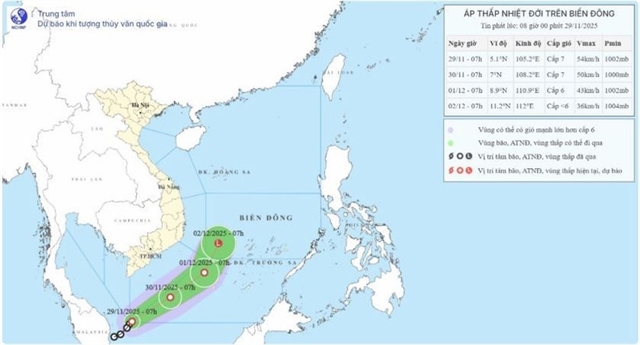 Environment
Environment

Since the beginning of April, water levels of the Mekong River have been on red alert status, with the abnormal changes caused by the discharge from hydroelectric dams.

|
| Water level changes in the Mekong River will significantly affect the fisheries in the area. — Photo thanhnien.vn |
HCM CITY — Since the beginning of April, water levels of the Mekong River have been on red alert status, with the abnormal changes caused by the discharge from hydroelectric dams.
The phenomenon poses a negative impact on the downstream region and the Mekong Delta.
The Mekong Dam Monitoring (MDM) reported that in the first week of March, hydroelectric dams discharged over one billion cubic metres to the downstream region, which sharply increased the water level of Mekong River.
The situation escalated the following week when 16 out of 45 dams simultaneously released water, of which two billion cubic metres came from the Nuozhadu and Xiaowan Dams in China. This has increased the water levels at several points along Mekong River downstream by two metres, compared to the average natural flow.
On April 20, MDM issued the ninth warning on the abnormal changes in the Mekong’s water levels. This has been the most number of warnings announced in a month since the MDM started tracking the hydroelectric dams’ activity in December 2020.
According to the MDM, Chinese dams still have 58 per cent of the usable capacity, while Laotian dams have 36 per cent. These dams will continue to discharge this amount to generate electricity in the near future, increasing the abnormality.
MDM said: “Frequent and severe changes in water levels will cause serious damages to the downstream fisheries, wetlands, and communities that relied on Mekong River.”
Nguyễn Hữu Thiện, an expert on the Mekong Delta’s ecology, said that water levels are higher during the dry season of 2022, compared to the average, because hydroelectric dams have been storing a huge amount of water.
While releasing water in the dry season can help reduce drought and salinity for the coastal area of the Mekong Delta, there are many more negative effects that are long-term and less visible.
Lê Thanh Tùng, deputy head of the Plant Cultivation Department (under the Ministry of Natural Resources and Environment) said that the fluctuating water levels this year is very worrying.
While the department closely monitors the water sources to promptly offer advice to farmers, Tùng said that they are still in a very passive position. Facing this situation, farmers need to apply new cultivation techniques and smart production models for better economic efficiency.
Professor Võ Tòng Xuân of South Cần Thơ University said that apart from the activity of hydroelectric dams in China and Laos and projects that transfer water to the northeast of Thailand, the Mekong Delta in Việt Nam is also under the influence of climate change and sea-level rises.
“We have to be realistic about that to proactively adapt to the new situation,” said Xuân.
Professor Xuân added that Vietnamese farmers have long been following old-fashioned thinking and not been willing to apply technological advances to production, which causes a significant waste of water and fertilisers.
It is necessary to reorganise following the cooperative model and connecting with businesses to ensure outputs, therefore gradually integrating into the smart production process with high productivity and economic efficiency. — VNS




